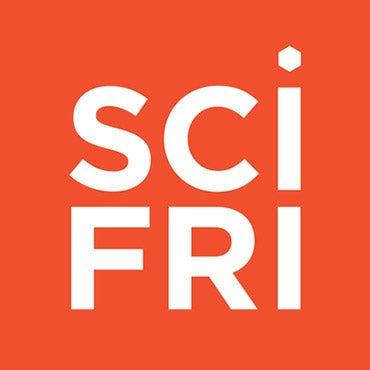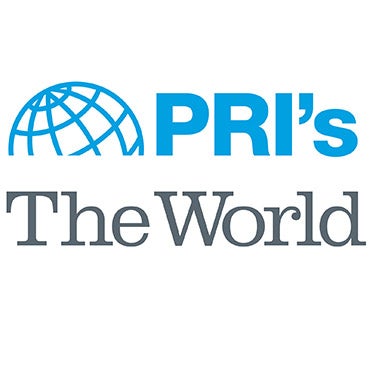U.S. to recommend lower fluoride level in drinking water
The federal Department of Health and Human Services Friday announced it will lower its recommendation for the amount of fluoride in drinking water.
The new recommendation, 0.7 part per million, is lower than the 1 part per million in Philadelphia and many other area water supplies.
Since 1962, the government has recommended a range of fluoride in water, from 0.7 to 1.2 parts per million. But since then, the HHS said fluoride has become more common in toothpaste and mouthwash. Fluoridosis, or tooth streaking or spottiness caused by too much fluoride, has been on the rise since the 1980s. In a recent federal study, two out of five adolescents had fluoridosis.
Joanne Dahme of the Philadelphia Water Department said the city will “most likely” reduce the amount of fluoride it adds if word comes from the U.S. Environmental Protection Agency, the body that regulates fluoride levels.
“The practice has been identified by the (Centers for Disease Control) as one of the top 10 public health achievements of the 20th century,” Dahme said. “It’s been a really good thing, but certainly you sort of want to hone in on the optimal amount to make it even better.”
Some groups that oppose adding any fluoride to drinking water say cutting the recommended amount is a step in the right direction, but it doesn’t go far enough.
Dr. William Spruill, president of the Pennsylvania Dental Association, said he hopes the change encourages more communities to start adding fluoride.
“It is my hope that reducing the level slightly to eliminate some of the risk would encourage more broad application of community water fluoridation,” Spruill said.
According to the CDC, a little more than half of Pennsylvanians drink fluoridated water compared with about three-quarters of the U.S. population.
WHYY is your source for fact-based, in-depth journalism and information. As a nonprofit organization, we rely on financial support from readers like you. Please give today.

